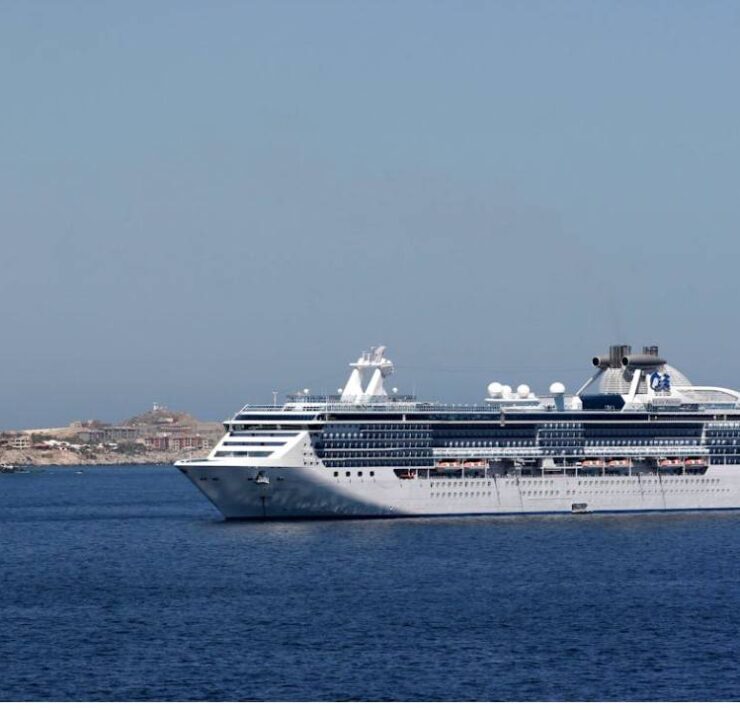Cheers to surge pricing which is merely supply and demand at play

I was standing in front of a long line at the passenger terminal in downtown Tacloban, Leyte, eagerly awaiting my turn to be accommodated by a van en-route to my hometown for Undas, when the dispatcher suddenly announced a price increase for the next van: from the usual P70 to P100. It’s a steep increase but only for those willing to pay for it. A huge portion of the line went poof, rushing to the van ready to pay 42 percent more to go home early.
At this point, I thought “Hurray to surge pricing!”
When prices are set too low for a scarce resource, say, public utility vehicles, we usually have to resort to other methods to allocate the resource. That usually is by whoever has the most time to wait in line, which is why lines for rations are common in countries with price ceilings like Venezuela. When consumers can’t pay more to get a service, the only way they can express how much they value said service is by waiting longer.
For PUVs, demand usually peaks at the end of working hours, when people make their way out of offices and into the terminals. The available vehicles cannot immediately accommodate all of the passengers, so lines start forming. You see the same phenomenon every night at terminals in Tacloban and Palo. Lines form, dispatchers raise their prices, and people willing to cough up the extra cash get to go home earlier.
This is why surge pricing, or dynamic pricing, is good. It reveals the time preferences of consumers, allocating the service to those who need it most during peak demand hours. It is merely economics at work.
Some might say this is discriminatory. How about those who need the service just as much but cannot afford the increased price? But this is almost never talked about when discussing end-of-the-day discounts or when prices are lowered for seniors and students. Isn’t lowering the price for these demographics pricing out those who have to pay but cannot afford the non-discounted price?
Obviously, too much price discrimination is bad. There’s going to be a healthy balance between zero price discrimination and excessive price discrimination. But the status quo of no surge pricing at all is not working. Whenever lines form for any product or service, the pricing usually is the problem.
The long-term panacea to this is increased supply, as this is merely supply and demand at play. Here, dynamic pricing also helps. Increased profits encourage investments into increasing supply, and usually invites competition from other service providers.
Ironman once said to his father in Endgame, “No amount of money ever bought a second of time”. But with surge pricing, that might not be entirely true.
Julan Omir P. Aldover,
julanaldover87@gmail.com





















